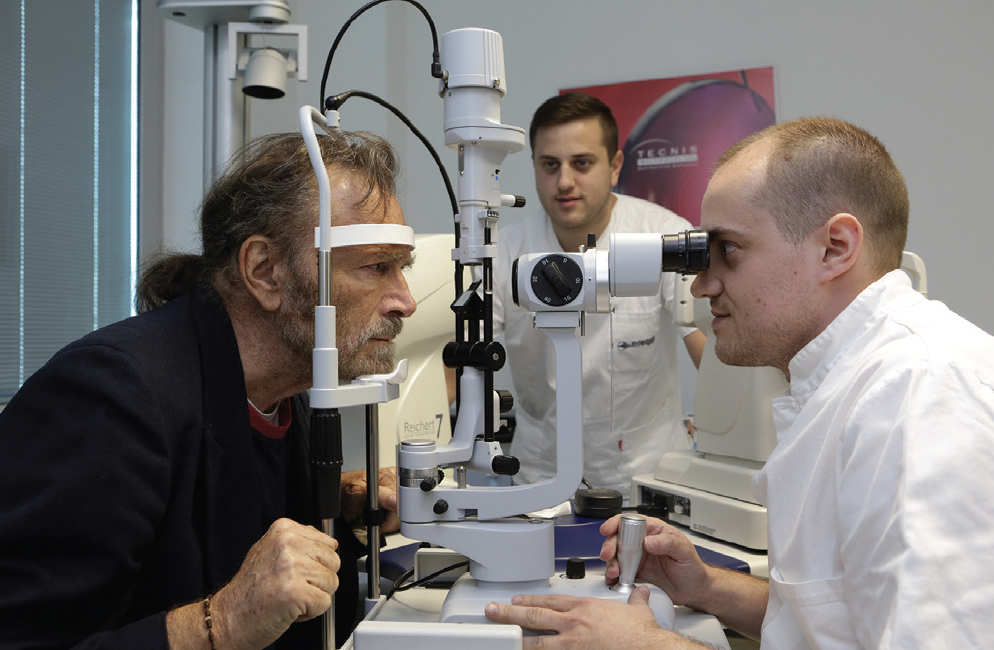
Simplifying the patient counseling process can save a tremendous amount of time and effort in a busy refractive surgery practice. The earliest generations of multifocal IOLs required a conservative approach to patient selection. We surgeons avoided implanting these lenses in patients with low myopia and detail-oriented perfectionists, and we screened out individuals who drove at night or worked in dim or variable light conditions. The time required for patient selection and the risk of unhappy patients after surgery caused many surgeons not to adopt the use of presbyopia-correcting IOLs. Newer designs, however, offer better outcomes with fewer trade-offs, and I have found that less time is required for patient counseling.
I work at Eye Clinic Svjetlost, a large premium refractive surgery practice in Southeastern Europe with six centers and 70 doctors. We offer both corneal and lenticular refractive surgery (Figures 1 and 2). We don’t perform insurance-based procedures. Every doctor and employee in our practice who is a candidate for lenticular or corneal refractive surgery is strongly encouraged to undergo surgery, and we share this information with our patients to instill confidence in the technologies we offer and to gain their trust.

Figure 1. Nikica Gabrić, MD, PhD, implants a Tecnis Synergy IOL (Johnson & Johnson Vision).

Figure 2. Ivan Gabrić, MD, and Krešimir Gabrić, MD, conduct a postoperative examination of actor Franco Nero. Mr. Nero underwent immediate bilateral premium IOL implantation.
EXPANDED INDICATIONS
The latest presbyopia-correcting IOLs require a change in patient selection requirements because, in my experience, the indications for their use have expanded. I find it easier than ever to select an IOL that has a good risk/reward profile based on patient anatomy, refractive needs, and concomitant conditions. This is because I have more sophisticated lens designs to choose from.
The ideal candidates for presbyopia-correcting IOLs have a strong desire for spectacle independence, spend a considerable amount of time using near or intermediate vision, and experience symptoms of presbyopia. These patients tend to tolerate the trade-offs, which include reduced nighttime vision and a loss of distance vision or contrast sensitivity. Correction of astigmatism and treatment for dry eye disease is essential.
Three strategies for patient selection have helped me increase patient satisfaction after surgery:
No. 1. Select patients who have a strong desire for spectacle independence after surgery;
No. 2. Educate patients on the advantages and limitations of each IOL technology; and
No. 3. Do not wait to fix residual refractive errors, and offer this service to patients free of charge.
CONCLUSION
I believe we have reached a new level of success with presbyopia-correcting IOLs that will encourage more surgeons and patients to take advantage of this option.


